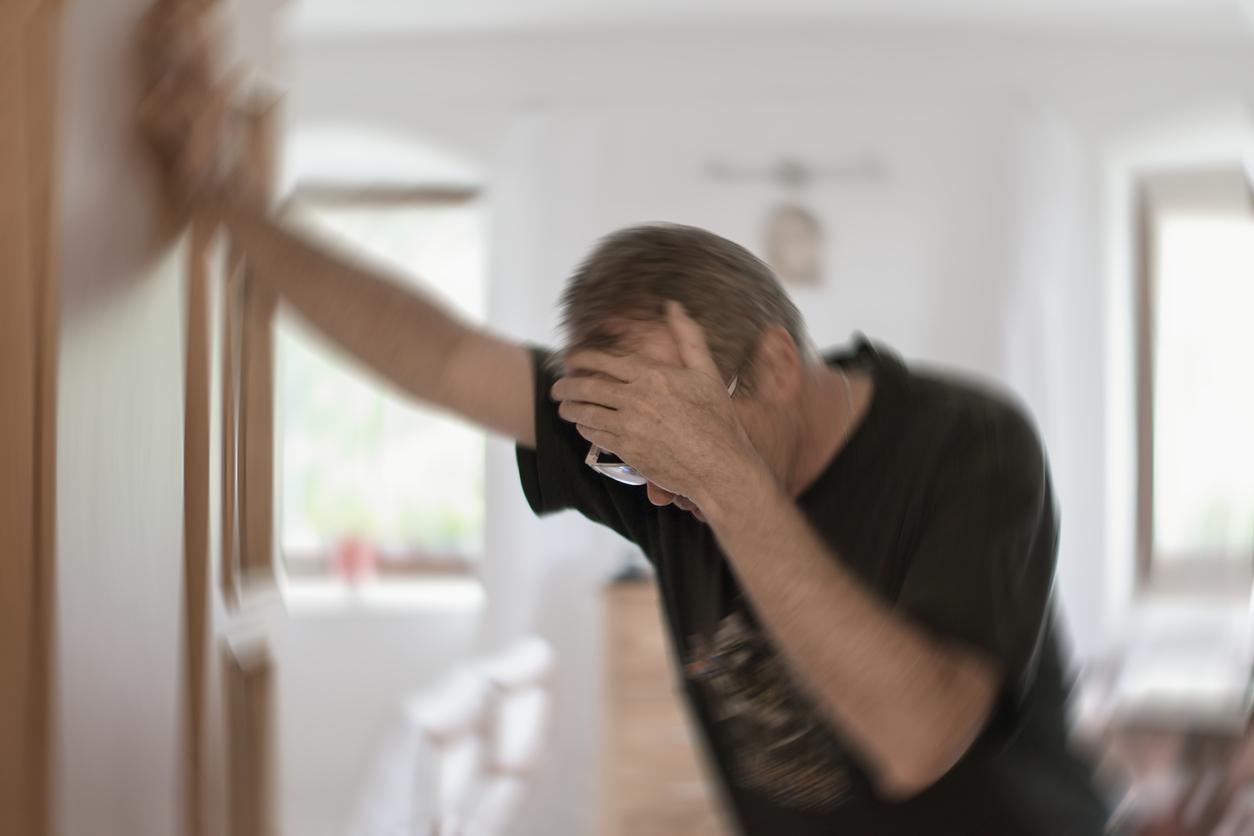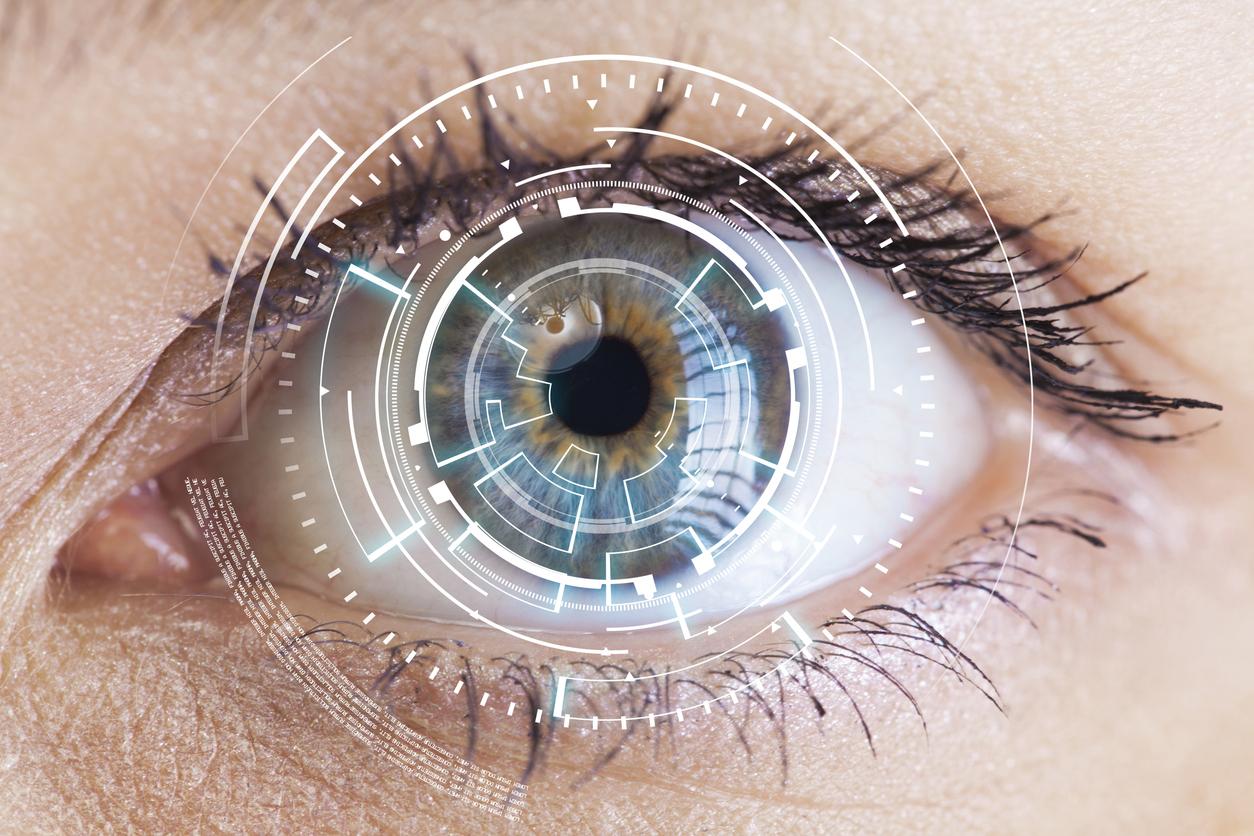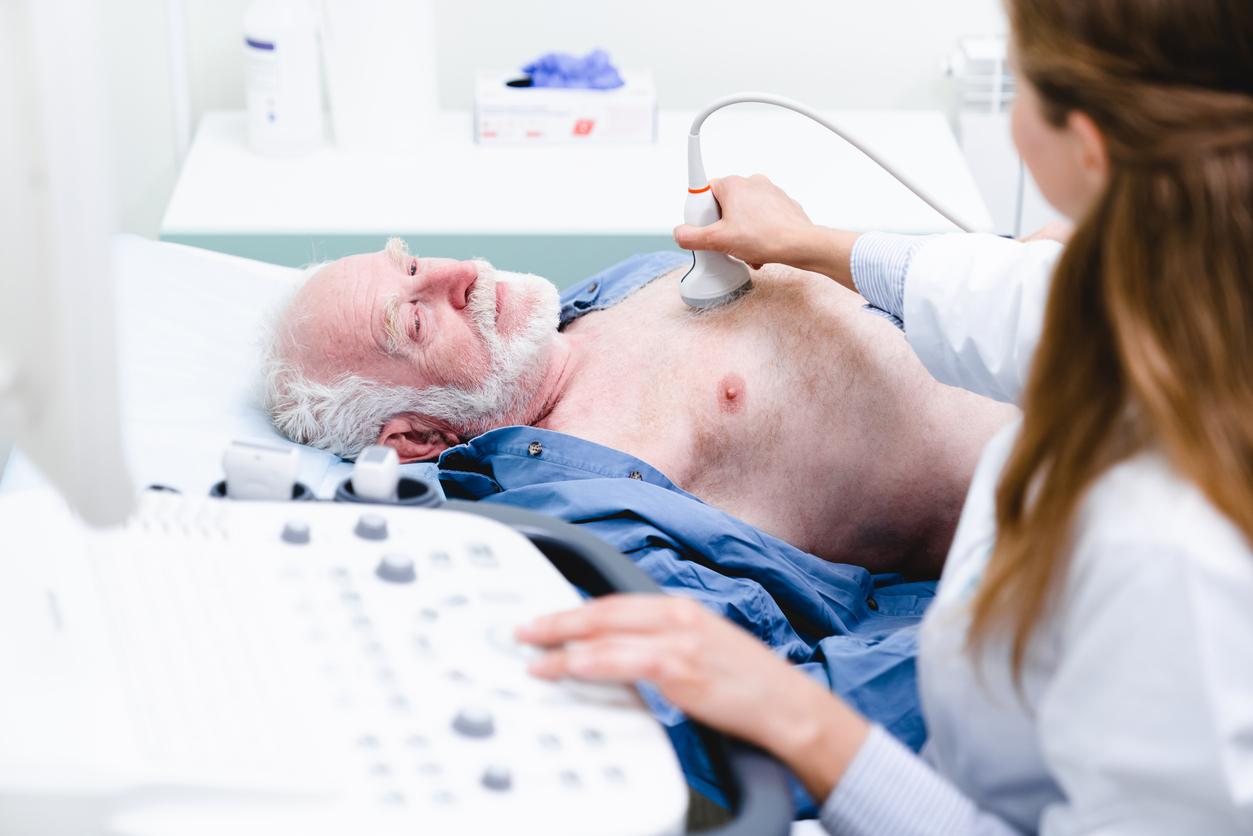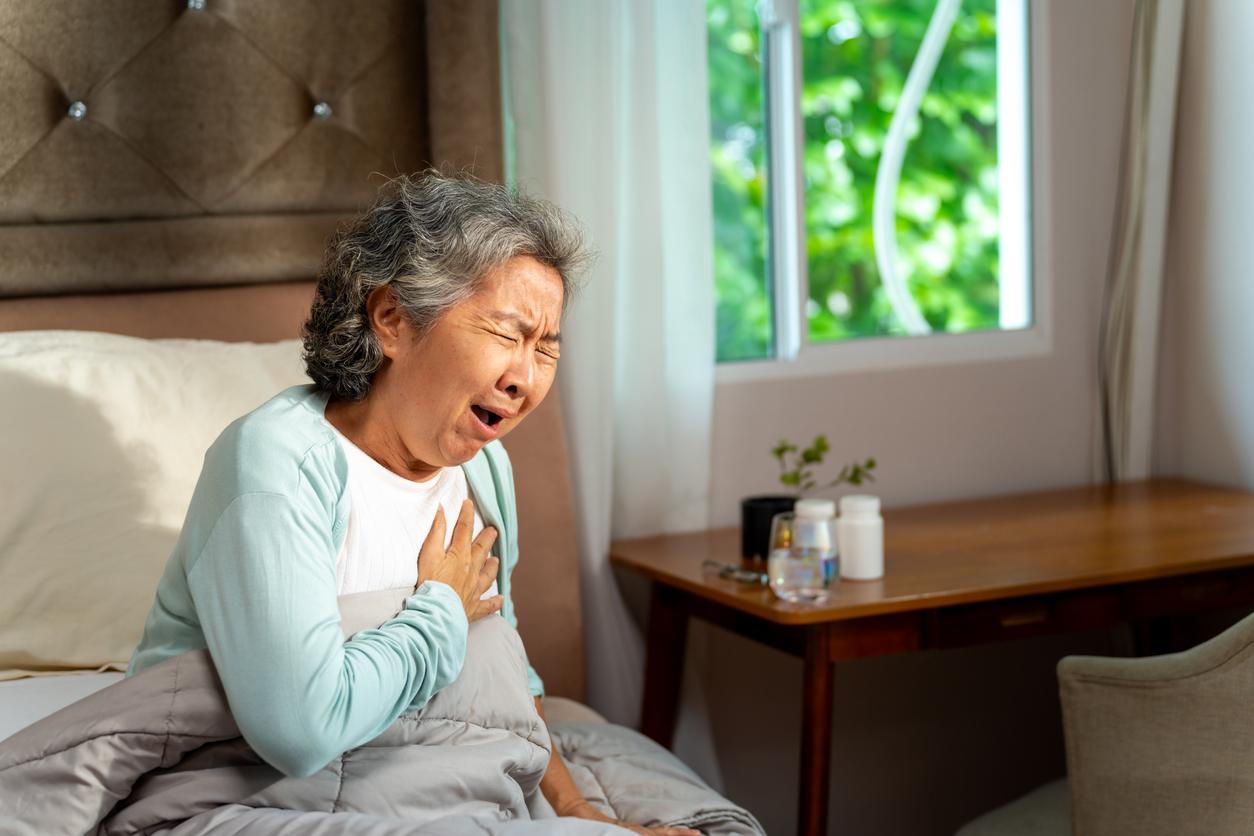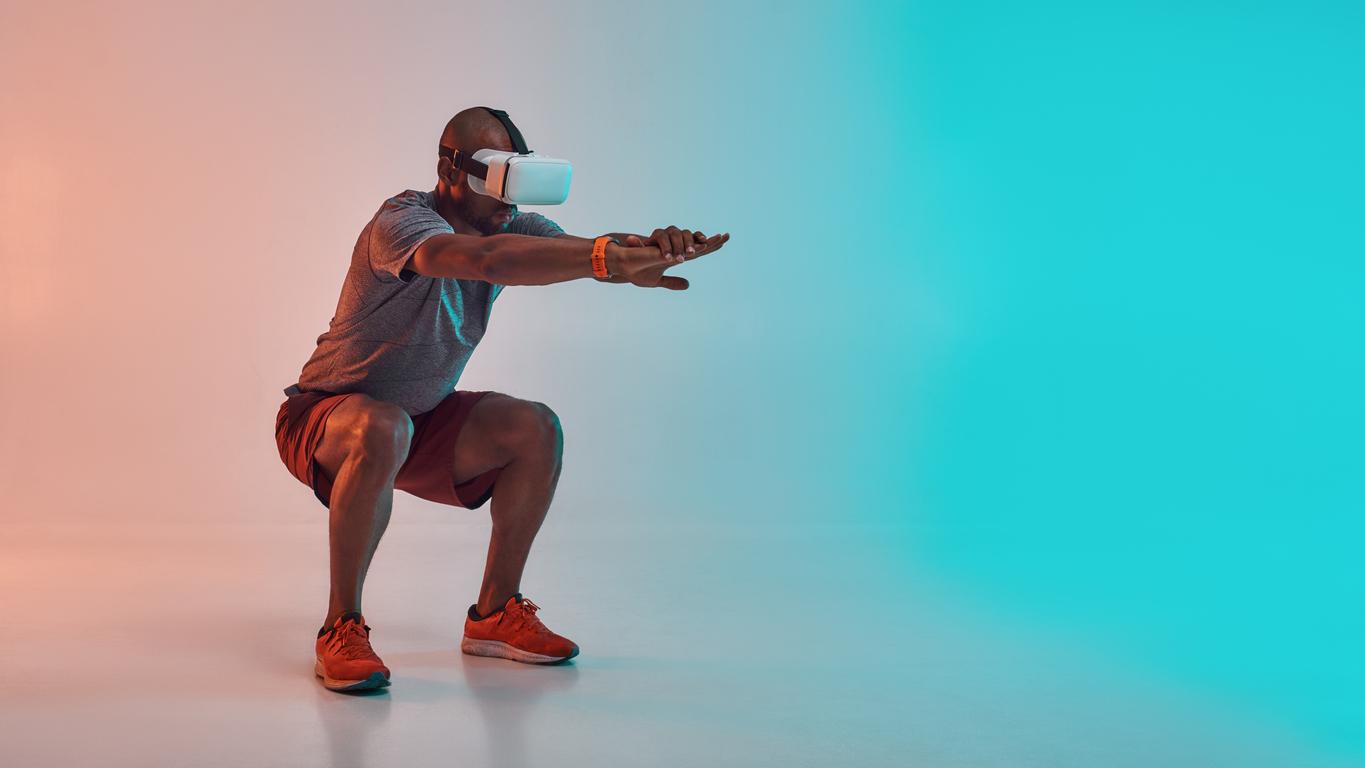Using virtual reality to exercise stroke patients can help them regain their mobility more quickly.

- In France, there are approximately 130,000 cases of stroke each year.
- These strokes often lead to loss of mobility
- To regain the ability to perform daily actions, intensive rehabilitation sessions are necessary.
- It is to make these exercises more accessible and to accelerate their effects that American researchers have used virtual reality.
Going down a river in a kayak, using the strength of your arms to paddle, swinging your body from side to side to avoid obstacles and whirlpools: a delight for canoe enthusiasts. But a totally inaccessible dream for stroke patients. Yet it is such exercises that the game Recovery Rapids offers them in the form of virtual reality to regain their mobility much faster than with traditional rehabilitation therapies. The results provided by this technique have just been published in eClinical Medicine, an open access journal from the Lancet.
A disability for daily activities
Following a stroke – 130,000 cases per year in France, including 25% in people under 65 – patients most often see their motor skills very degraded, which limits their ability to perform the actions necessary for daily activities such as preparing a meal or playing with children. To regain most of their mobility, they have to go through very intensive rehabilitation sessions, which take a lot of time and are sometimes expensive.
“As an occupational therapist, I have seen patients living in rural areas having to drive over an hour three to four times a week to undergo intensive rehabilitation sessions.“, confirms Rachel Proffitt, professor at the University of Missouri. It is researchers from this university who have just demonstrated that a game-based therapy leads to faster and better results, requiring five times less time in the presence of patient attendants.
A motion sensor video game
They relied on this virtual reality and motion sensor game based on the descent of rapids in canoe-kayaks to bring stroke patients to perform exercises in an interactive and fun environment allowing them to regain their mobility. “As they progress, the challenges become more difficult and we check in with participants via telehealth devices to adjust goals and discuss what daily activities they want to resume as their condition improves“, says Rachel Proffitt.

.







